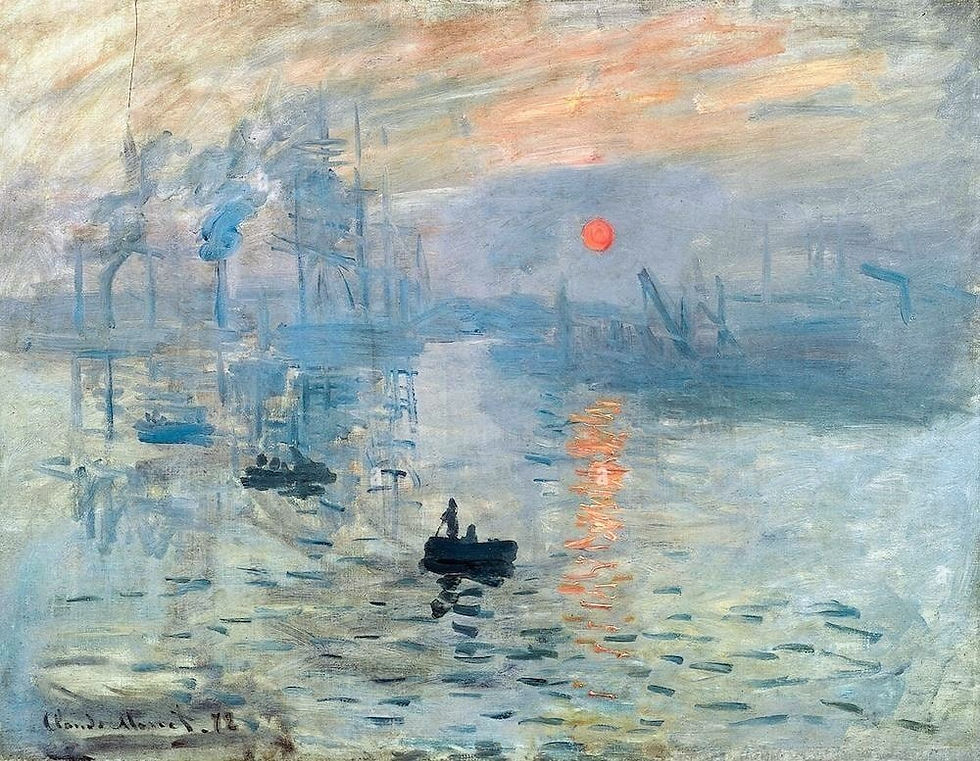Between Life and Death: The Story Behind The Death of Marat
- Janice Yang '27

- 4 days ago
- 2 min read
Updated: 3 days ago
By Janice Yang ’26 • Nov 11, 2025

The Death of Marat is a famous depiction of a crime scene from the past 250 years, painted in 1793 by Jacques-Louis David. This work, created with oil on canvas, is currently housed in the Royal Museums of Fine Arts of Belgium in Brussels.
This painting commemorates the death of Jacques-Louis David’s close friend, Jean-Paul Marat. Marat was a politician and journalist who belonged to the radical forces during the French Revolution and called for revolutionary justice. However, while he was taking a bath, he was fatally stabbed by a woman who supported the opposing faction. The woman was executed for murder.
In Marat’s right hand, he holds the pen he was using when he was stabbed by a knife with a pearl handle. Meanwhile, in Marat’s left hand, he holds a letter stained with the murderer’s blood. O ne hand represents life while the other succumbs to death, creating a tragic contrast. This contradiction between the two hands suggests that the world of the living and the dead are forever intertwined.
At the center of the canvas lie two letters side by side, each written in a different hand. The note Marat holds hints that his kindness led to his death. On the edge of the box, there is another letter written by Marat himself, which is presumed to have been written at the time he received the first one. This second letter shows that even in death, Marat’s generosity remained.
After Marat’s death, Jacques-Louis David was commissioned to paint a memorial piece in honor of Marat, and thus The Death of Marat was completed. David, paradoxically, portrayed Marat as calm and peaceful rather than showing the tragic reality of his friend’s death. Behind Marat’s body spreads the plain background of the bathroom, guiding the viewer’s attention to his upper body, holding the letter sent by the woman who killed him. The letter reads, “having been unable to corrupt me, they have murdered me.” Through the painting’s composition, David emphasizes both his respect for Marat and Marat’s dedication and generosity.
The painting soon gained fame as revolutionary propaganda, attracting many political supporters. By depicting Marat in a dichotomous way, David allows us to perceive the scene not merely as a murder but as a mysterious death.







Comments